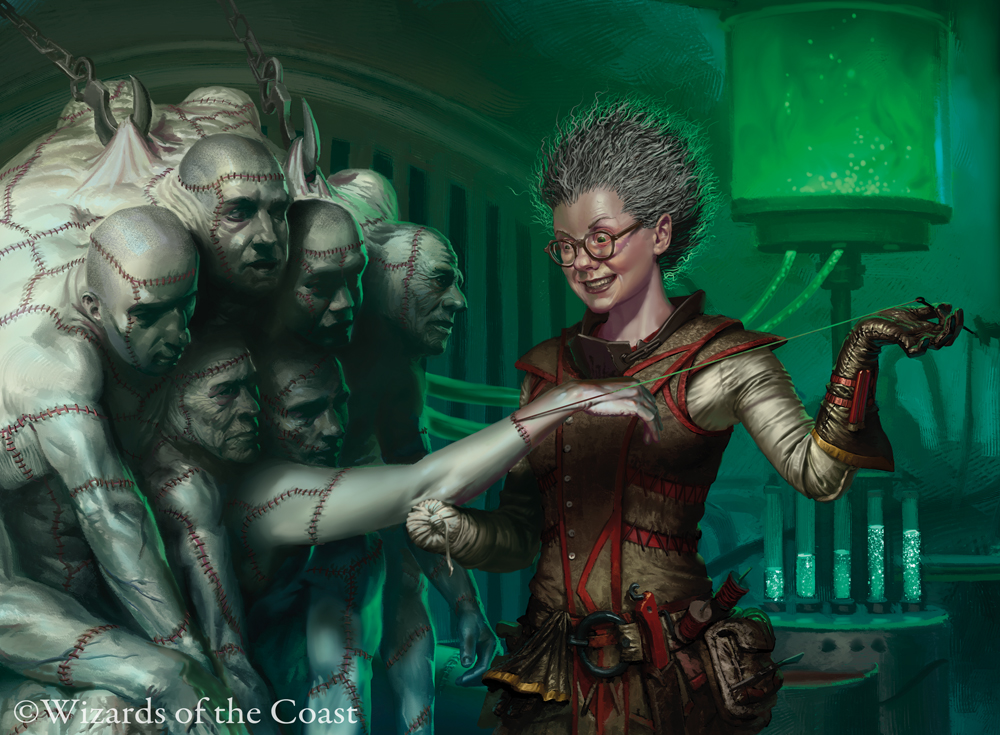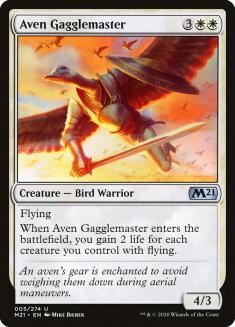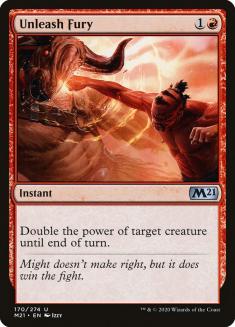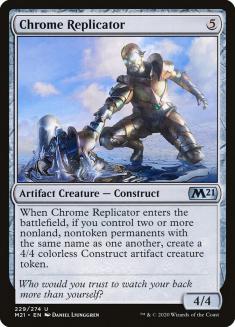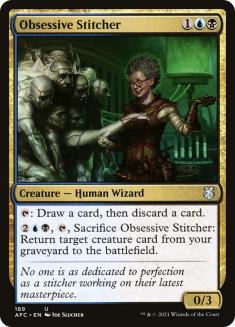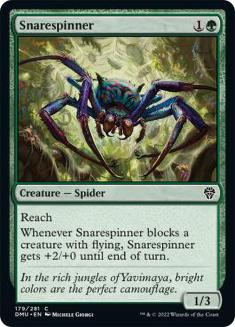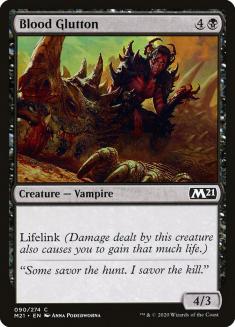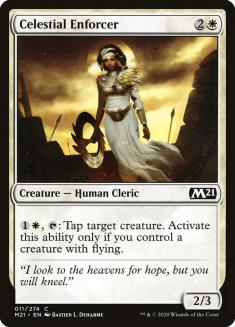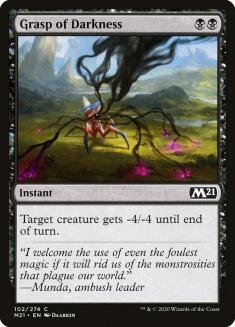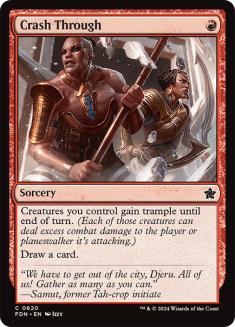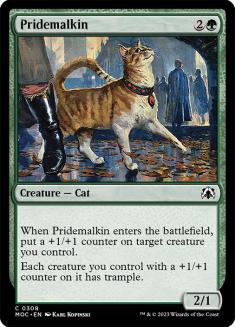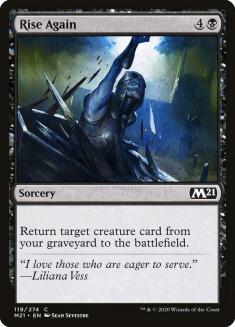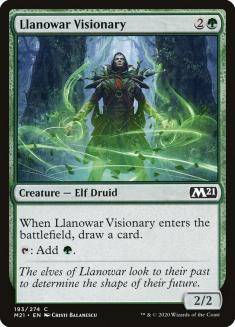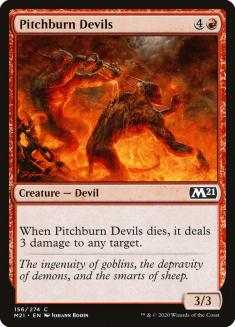Grasp of Darkness, Swift Response
and are both very solid common removal spells. is significantly better than , so much so that I believe I would happily start a draft with , but not . So why is in the discussion, then? Staying on-color with is worth quite a lot. I think is in the same ballpark as . While I’m not married to the flyer, having access to it significantly bumps the value of any white card and any flyer, as I’m incentivized to navigate my draft towards a deck that can maximize the Aven. This leads to evaluating above .
But how do I really know this bumps up the value above Grasp and not below? Dialogue. The number one piece of advice I give to players asking about how to level up their Draft game is to work on an internal dialogue. If you ask yourself the right questions, it becomes easier to make close picks. Here’s an example of a question I asked myself in this scenario:
If my first pick was Primal Might, would I take Hunter’s Edge over Grasp of Darkness?
My answer was yes. This scenario is basically the same as above: a powerful first pick on-color with a removal spell worse than . I could boil down the scenario to an abstract of “on-color decision related to two removal spells” and pose a question (or questions) to help come to a conclusion. The more questions like this I ask, the clearer my stance becomes. The best part about this is that you can frame questions using cards from older formats which you have more experience with to help come to a conclusion.
Llanowar Visionary
Unfortunately, self-prodding via dialogue isn’t as helpful when you can’t come up with such clear comparisons. , as I stated earlier this week, is the best common. It’s better than , and I believe by a noticeable margin. My intuition says that the value of lies between that margin, and I would prefer to take here.
This describes a reasonable baseline. A powerful card that’s off-color as a reasonable decision places a “prove yourself” emphasis on the rest of the cards in this pack. And if they can’t, then the pick will be .
Obsessive Stitcher
is an extremely powerful uncommon in an archetype I expect to perform well.
But it’s still a gold card that can’t pair with my first pick. Pack 1, Pick 1, I would take over . So why then is the Stitcher in consideration? It’s a rare case of context, but this pack is so powerful that has a reasonable chance to wheel. The next black drafter is likely to take .
If I could be 100% certain that would wheel out of this pack, I would take . Christian Calcano taught me that concept about five years ago. When you can get two good cards out of a pack thanks to having a reasonable model of what might wheel, it’s often correct to capitalize on this. However, this technique is often applied for contextual bad cards. That’s how Calcano showed this to me. He told me to take in Shadows over Innistrad because would wheel. While there was a better card than in that pack, plus was better than that card.
In this pack, is too good of a card to guarantee the wheel, unlike the example. So this begs the question, “At what probability of wheeling Rise is Stitcher the best pick?” While that question is difficult to answer, I’m fairly certain the number is above 50%, and that there is less than a 50% chance this Rise wheels. However, if you believe most people are likely to pass Rise, I genuinely believe could be the correct pick out of this pack.
Chrome Replicator
This leaves . Originally, I saw this card and my eyes bugged out of my head. I thought it was totally busted but it’s not. Similar to considering through the probability of wheeling, the value of sits on the probability of triggering the ability. I’ve heard many players say that the floor of a 4/4 body for five mana is acceptable. It’s not. That rate hasn’t been close to acceptable in a very long time. Recent Limited formats relegate and with upside to the sideboard. If the fail-rate is significant, this card isn’t worth it. My initial evaluation says that this is almost never triggering above 50% of the time, but that as long as it triggers above 30%, the card is an acceptable inclusion. 70% significantly below par is acceptable when the 30% is significantly above par. Doing some math, this means that the card becomes playable under the following circumstances:
1. At least one four-of.
2. At least two three-ofs.
3. At least four two-ofs.
And starting a draft with that in mind is reasonably achievable. However, that’s just for me to consider playing the card. I’m not excited to aim for “acceptable inclusion,” and asking for more than this is fairly difficult, especially since the math above assumes that those cards survive, which is a pretty strong assumption. Overall, I expect this card to be swingy, and not particularly amazing. Making it truly amazing will happen, but it’s non-trivial.
So what’s my pick?
. I think there’s a world where many players are low on , and hence is the pick. There’s a world where Auras are prevalent and the cheap removal is just a necessary pickup. There’s also a world where I’m completely wrong about , and it’s too powerful to pass here. However, the world I’m hedging on as the real world is the one where is the correct pick.

